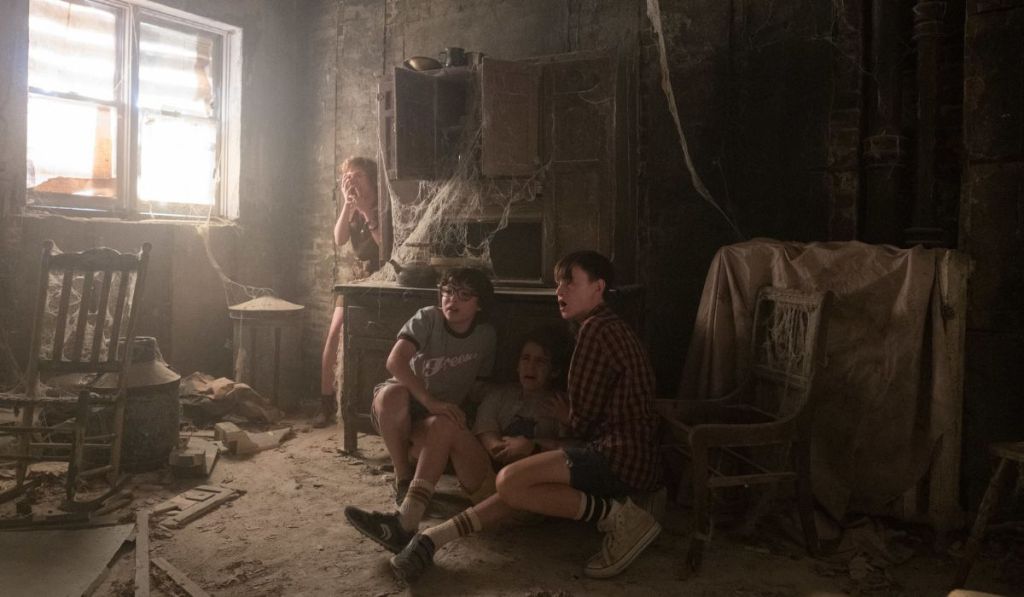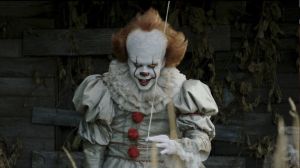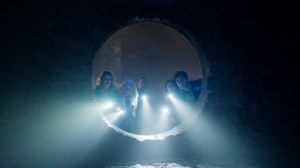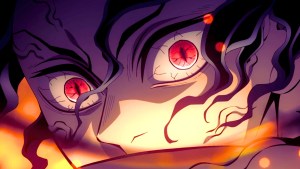The horror genre goes through cycles in cinema: at one moment, we see classic monsters coming back, like Nosferatu, and now Frankenstein is on the rise again. At other times, supernatural creatures get reinvented, as with Twilight, The Shape of Water, Warm Bodies, or Interview with the Vampire. Yet, rarely does something actually change the way we perceive everyday fear. That is, until eight years ago, when a film hit theaters (released in two parts) and changed everything. It delivered scares that actually work, moments of real tension that make you hesitant to walk around your house in the dark, and, on top of that, reintroduced Stephen King to a new generation. Interestingly, no one expected a clown to be this terrifying.
Videos by ComicBook.com
It has a story that’s fairly simple on the surface but deadly in execution (proving exactly why King is a master of horror). A group of kids, known as the Losers Club, live in Derry, Maine, a town full of secrets. They face Pennywise, a clown that feeds on childhood fear and resurfaces every 27 years to wreak havoc. But the real genius of the movie is that it balances these horror moments with friendship and personal discovery, because the true monster isn’t always who or what it seems to be.

It’s also worth noting that It was adapted before as a ’90s miniseries with Tim Curry as Pennywise, which left a lasting mark for many. But it was only with the 2017 movie that the horror landscape really changed. Suddenly, King adaptations weren’t just TV cult classics – they became full-blown blockbusters with impact. And that impact wasn’t just narrative; it was cultural too, evident in how much it shifted the genre.
It took classic elements from King’s book and translated them into a modern, fast-paced, and visually effective language. Every scene with Pennywise isn’t just a well-timed scare; it shows how fear can be anywhere, at any moment. The horror balances explicit scares with psychological exploration: every character carries traumas and fears they’ve held for years, and it’s in facing those that the film finds its strength. Unlike the miniseries, which had slower pacing and visual limitations, the modern movie turn even simple settings like a sewer, an abandoned house, or a dark street into instantly tense territory.

Narratively, the movie also works brilliantly because they don’t underestimate the audience. Every member of the Losers Club has fear, vulnerability, and conflicts that go far beyond typical horror clichés. Pennywise is terrifying, but the real horror comes from unresolved internal fears and traumas – the clown is just the reflection. This approach is what makes King’s stories so enduring: the plot engages you emotionally, makes you empathize with the characters, and makes you feel their victories and defeats as if you were experiencing them yourself. It has depth, weight, and substance; it’s not just another adrenaline rush horror story. It’s a tough balance to pull off, but the film do it masterfully (also something the miniseries, charming as it was, couldn’t quite achieve).
The technical impact is just as clear. Cinematography, practical and digital effects, soundtrack, and editing all work together to keep viewers tense and invested from start to finish. The camera angles heighten anxiety, the music manipulates expectations, and even the timing of the scares feels modern and deliberate. It is a clear example that horror can be big, emotional, and genuinely scary without relying solely on effects or jump scares. How often do we actually see recent horror movies taking risks like this? Midsommar, A Quiet Place, or Sinners, for instance. It’s not wrong to say that King’s adaptation helped push that forward so the genre could go far beyond clichés.
It Redefined Some Fundamental Aspects of Horror

The story itself was well adapted, but one standout achievement was redefining clown-based horror. Before, clowns were almost caricatures: a mix of odd humor and shallow threat. Here, Pennywise isn’t just threatening; he’s omnipresent, manipulative, and unpredictable. Every move, every smile, and every appearance turns everything around him into something uncomfortable. The makeup, posture, movement, and even the lighting constantly make you ask, “what’s he going to do next?” This is fear that sticks in your head, not just your eyes. And it’s impossible to ignore Bill Skarsgård’s unforgettable performance – he deserves much of the credit for the movie’s success, and it’s no surprise that fans are eagerly anticipating his return in It: Welcome to Derry.
Timing was also perfect. The film arrived in a post-Stranger Things world, where nostalgia was booming and stories about kids facing supernatural forces were hitting hard. It’s no coincidence that audiences responded so well, because they recognized the spirit of their own childhood memories while feeling real fear. The movie pull viewers into the story, make them identify with the characters, and imagine what they’d do in a dangerous situation with an unexplainable evil. Nostalgia connects to childhood and growing up, which ties to adventure and living life fully. So, when a story connects like that, it creates bonds and leaves a lasting impression.

The success of It came at just the right time, with a script that knew how to connect with its audience. As a bonus, it made history: It revitalized Stephen King in cinema like no other adaptation; changed how we see clowns as figures of fear; proved a villain can dominate a whole movie; influenced a new generation of films and TV shows; and set a high bar for future adaptations. Eight years later, it’s still impossible to underestimate how much it reshaped the genre, proving that a clown and a group of kids can truly change everything.
Want to stay up to date on the biggest geek entertainment news? Add us as a preferred source in Google – HERE.









